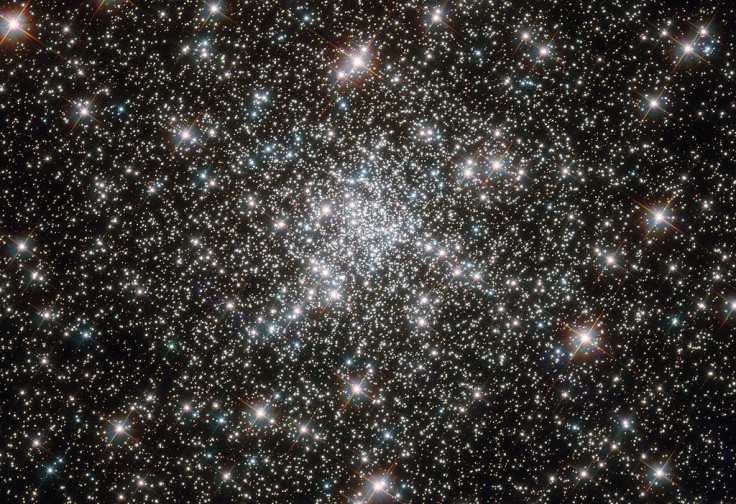Distant star's surface gravity can be calculated, edging us closer to finding a habitable planet

A new method has been discovered to measure the pull of gravity on the surface of distant stars. Researchers say the new discovery significantly adds to the possibility of finding a planet which can sustain life.
Some stars are too far away to measure the pull of gravity on its surface using current available methods. Now, that could all change, as astronomers from Austria, Germany, France and Australia came together to find a new technique; the autocorrelation function timescale technique.
"If you find a planet around a star that you think is Sun-like but is actually a giant, you may have fooled yourself into thinking you've found a habitable Earth-sized world," said Jaymie Matthews, co-author of the study from the University of British Columbia. "Our technique can tell you how big and bright is the star, and if a planet around it is the right size and temperature to have water oceans, and maybe life."

The technique uses tiny changes in the brightness of distant stars to work out the gravitational surface pull. It uses data collected by satellites, including Nasa's Kepler, and Canada's Microvariability and Oscillations of Stars Telescope (MOST).
It means that astronomers can now better understand the size and masses of stars so far away that very little is known about them currently.
Lead author of the study, which is published in Science Advances, Thomas Kallinger said: "The timescale technique is a simple but powerful tool that can be applied to the data from these searches to help understand the nature of stars like our Sun and to help find other planets like our Earth."
Understanding the surface gravity of a star can lead to many other questions being answered. These include the structural properties of the star, but also its chemical make-up and temperature.
© Copyright IBTimes 2025. All rights reserved.






















